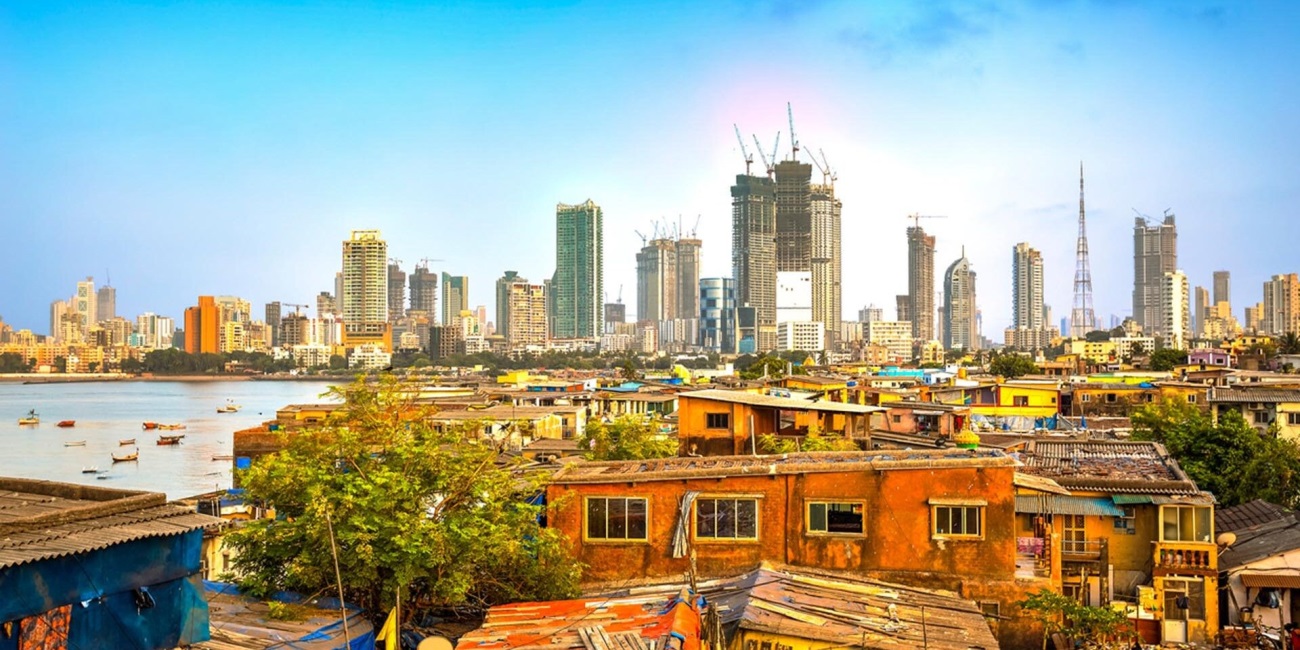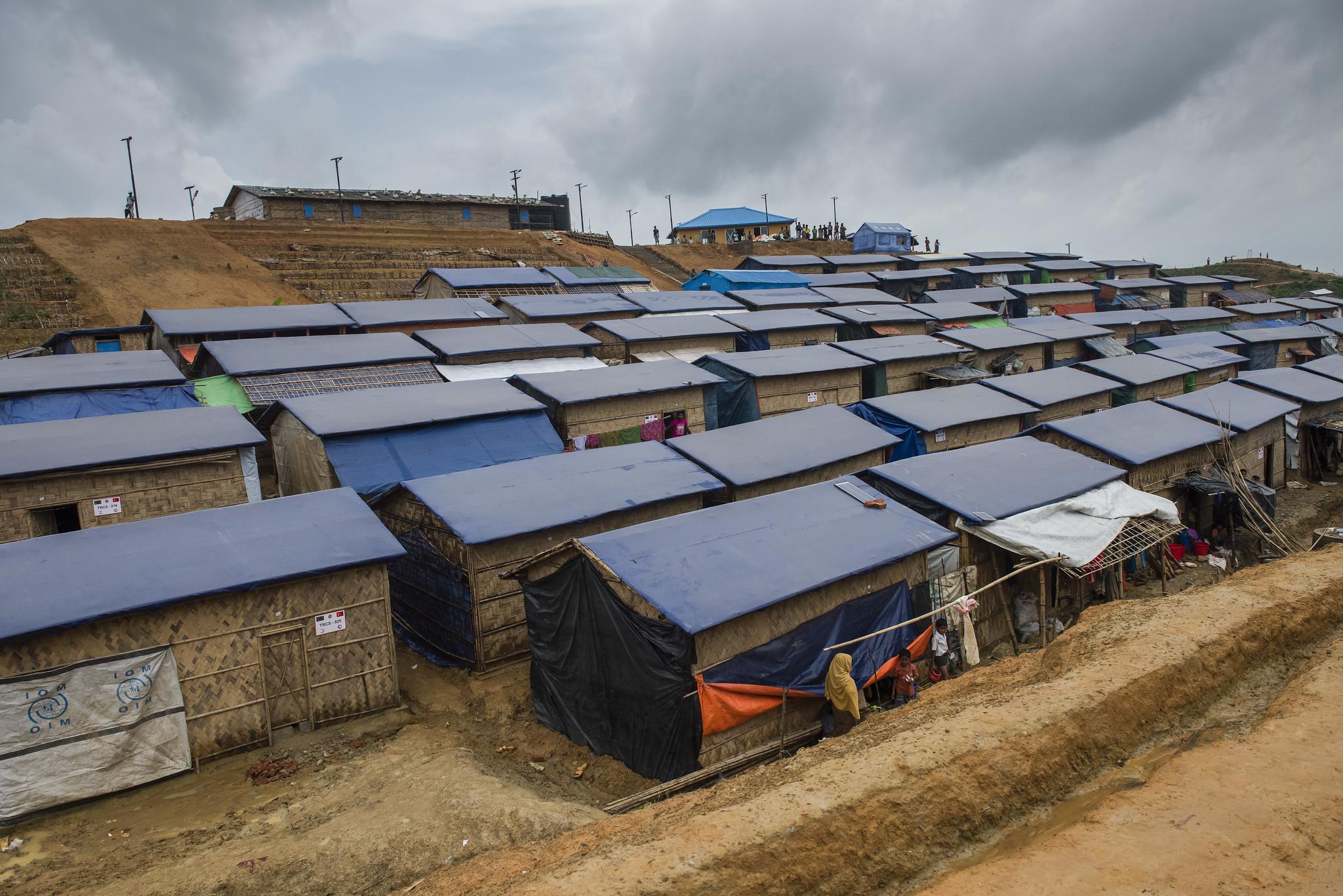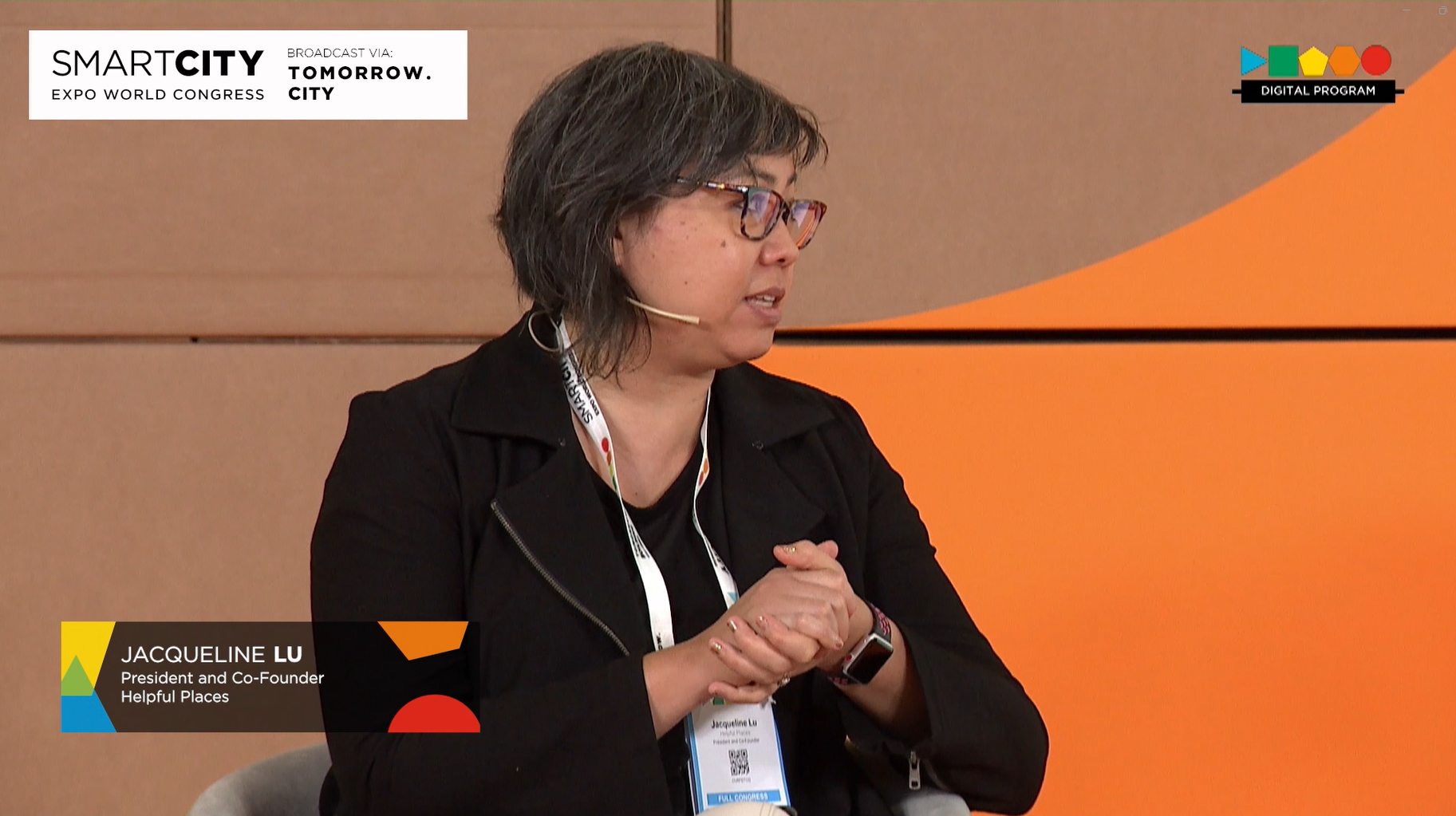Author | Raquel C. Pico
If you take a map of the world and look for the most populated areas with the highest concentration of cities, you will likely notice a pattern. Coastal regions and well-connected valleys tend to have the most towns and, generally, a higher population density. This makes sense, as these areas are also the most habitable. Even so, some people choose to live at much higher altitudes. Around 80 million people worldwide live at elevations of approximately 2,500 meters above sea level. Among them, the residents of La Rinconada stand out prominently.
La Rinconada surpasses Wenquan in China, which is at an altitude of 4,870 meters, and Korzok in India, at 4,572 meters, making it the highest city in the world. La Rinconada is located in the Puno department of Peru, in the Andes, at an altitude of 5,100 meters above sea level (though some sources claim it is even higher, at 5,300 meters). It is, therefore, considered the highest place in the world where people live permanently.
Harsh living conditions
This altitude creates extremely harsh living conditions. Being a high mountain area, La Rinconada is situated in a region with complex orography. The geography shapes the reality of La Rinconada, with its steep terrain and numerous hard-to-access areas.
The tundra climate, similar to that of sub-polar regions, is particularly harsh for humans. The climate features extreme temperatures, though not as severe as icy regions, with average temperatures around one degree Celsius. Even during the summer months, maximum average temperatures do not exceed 10 degrees Celsius. These conditions also result in sparse vegetation. In tundra climates, only shrubs and mosses are able to thrive.
Why live in La Rinconada?

It may seem surprising that this town boasts a more than considerable population. According to Peru’s recent national census, La Rinconada is home to 7,000 people. Although these figures far exceed the 913 residents recorded in the early 1990s, they may still fall short of the actual population. Media reports cite population figures for this Peruvian town ranging between 30,000 and 50,000 residents.
Living in such extreme conditions does not seem particularly appealing. In the case of La Rinconada, the reason for human habitation is driven by money: this is a mining town where gold has been extracted from its basin for decades. Initially, it was just a simple mining town that lacked a permanent population; miners would arrive, extract gold, and depart after 30 days.
Informal and precarious mining
Over time, miners were followed by families who saw gold as a means of earning an income and decided to settle in the area. They settled in a precarious manner, as the extraction method was largely informal.
Gold is extracted using the cachorreo method. Miners work for thirty days without pay, followed by a single day during which they get to keep whatever gold they can haul out for themselves. Their salaries, therefore, depend on luck, hoping that the day they are allowed to keep the gold coincides with a good extraction day. Women perform what is known as pallequeo, searching for gold left behind in the mining waste abandoned during extraction.
Population growth figures have mirrored trends in the global gold market. When gold prices increased during the first decade of this century, the number of residents in La Rinconada also rose. The population increased exponentially.
The challenges of living at such a high altitude
Despite the promise of gold, life in La Rinconada is far from easy. The high altitude poses a significant burden on human health. As altitude increases, the concentration of oxygen decreases. In La Rinconada, the oxygen concentration is 50% lower than at sea level.
When researchers from several universities visited the area a few years ago to study the impact of low oxygen levels on the human body, they discovered that the situation was far from normal. “Normally, it is considered that human life is not possible permanently beyond 5,000 meters: the population of La Rinconada (at nearly 5,300 meters) poses a significant challenge to our understanding,” the Peruvian media reported at the time.
In fact, visitors need about a month to acclimatize to the harsh conditions of the highest town in the world. Even so, spending time in this extreme habitat comes at a cost. Hypoxia causes the blood of those living there to become viscous. In the highest town in the world, it is easy to suffer from chronic mountain sickness. Unlike acute mountain sickness, it persists even after living for an extended period at high altitudes. Those affected experience headaches, mental confusion, breathing difficulties, fatigue, palpitations, and other symptoms.
Surprising facts about La Rinconada

Despite all of this, extreme habitats and high-altitude towns and cities have become increasingly appealing. They are sought-after by those looking for extreme experiences and unique spaces. La Rinconada boasts a couple of lakes and the opportunity to practice mountain sports, both of which are tourist attractions. The truth is that travel publications now highlight the highest town in the world and what makes it unique.
La Rinconada has no airport or train station. Access is only by road, requiring mountain-resistant vehicles. Once there, what you encounter is not exactly an example of urban planning. Unlike examples of innovative cities, La Rinconada has not managed to overcome its challenges.
The urban design consists of low-rise houses, but basic services are scarce. La Rinconada lacks running water and a sewer system. The latter is particularly problematic, as the lack of waste management leads to numerous potential health problems. Mercury poisoning from mining waste is one of the main issues. Mining pollution is, in fact, a major problem. There is no rubbish collection service, so residents must resort to burning or burying their waste. Until the first decade of this century, La Rinconada lacked electricity.
Since the town is isolated and experiences extremely harsh climate conditions, everything must be brought in from outside. Food is brought in from outside.
It is not the only challenge faced by the residents of the world’s highest town. La Rinconada is considered one of the most dangerous human settlements in the world. It is one of those stories that truly embodies the concept of resilience.
Images | E Michael James/iStock, E Michael James/iStock, E Michael James/iStock






















































